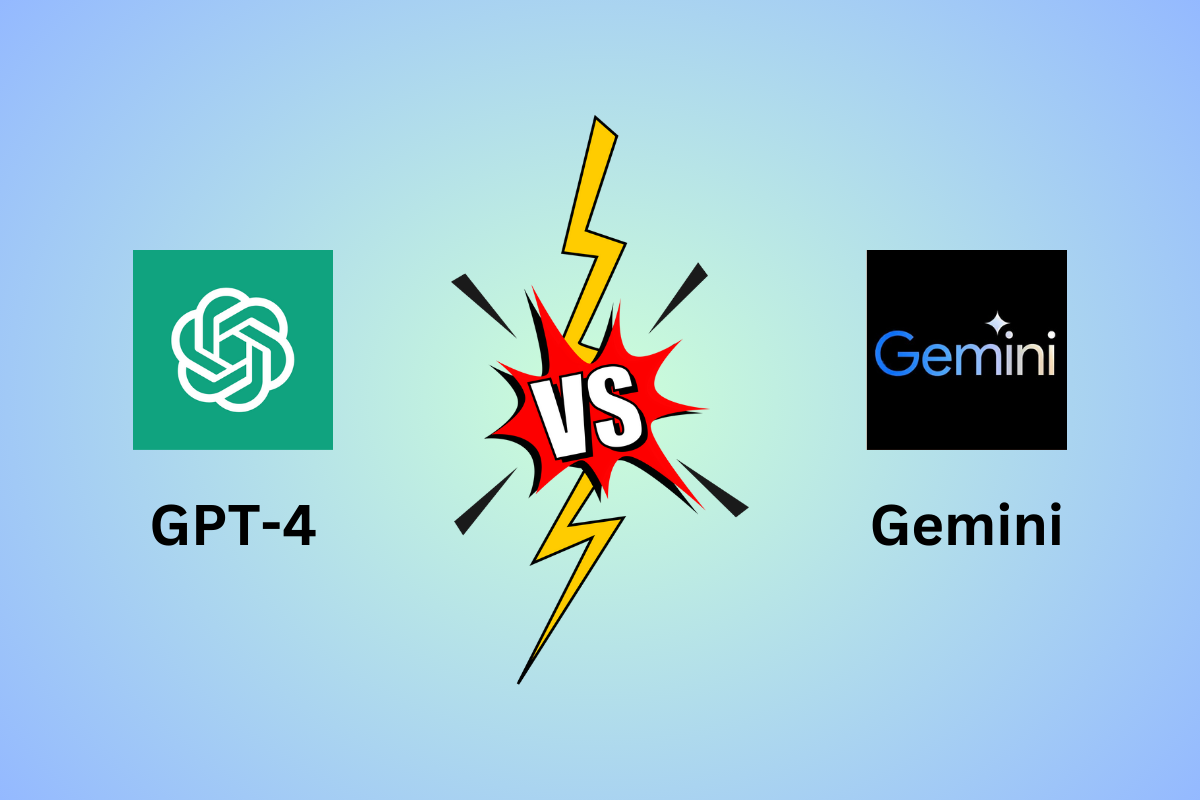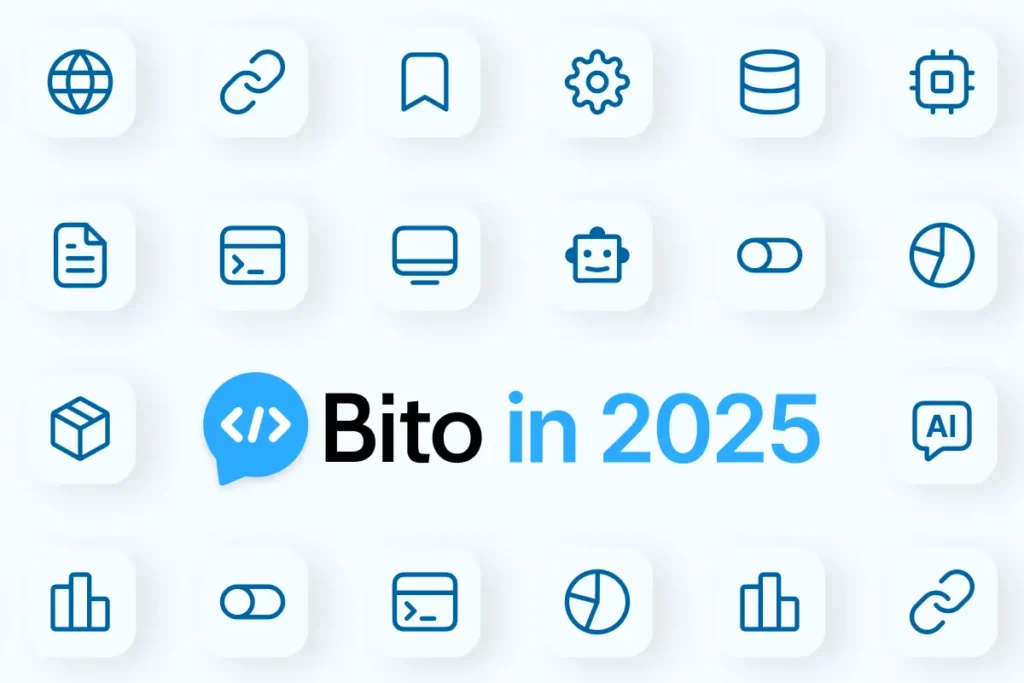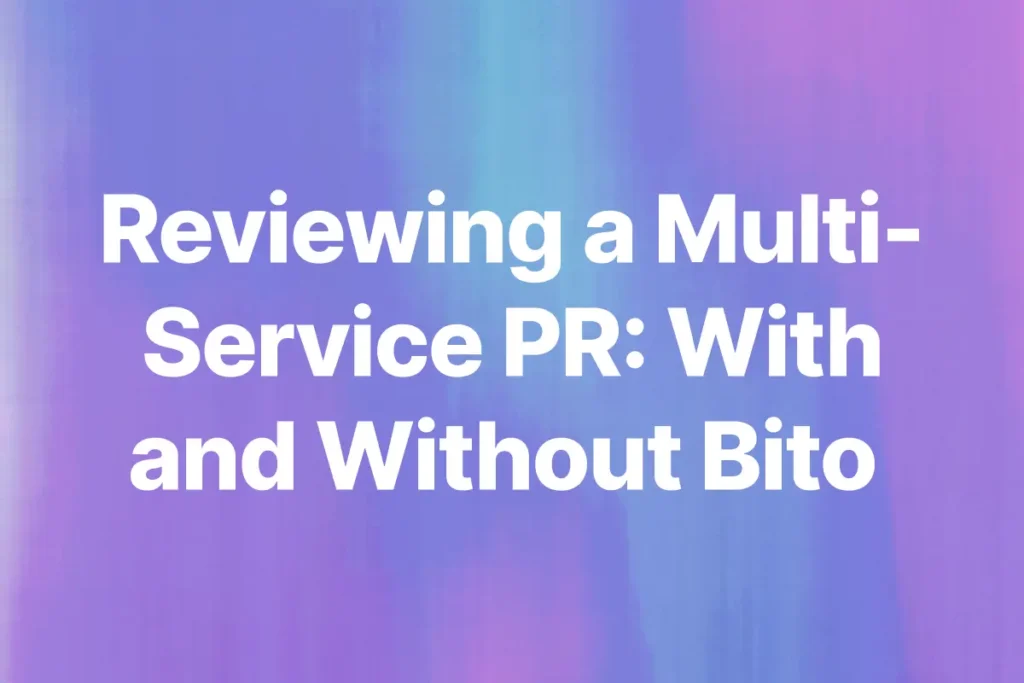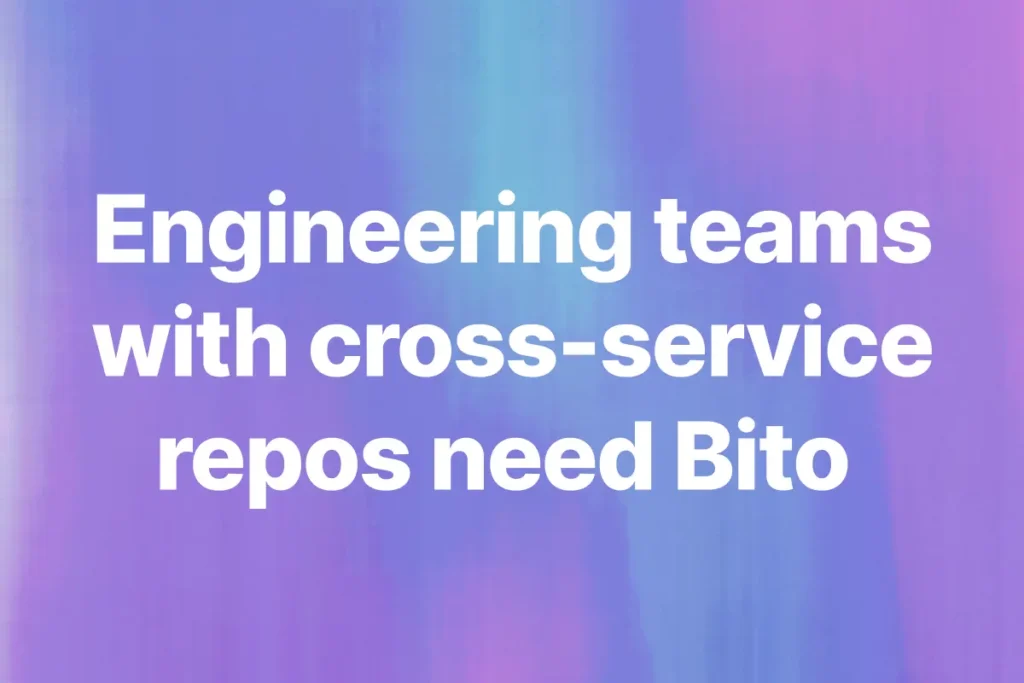The rapid evolution of artificial intelligence has brought two major players to the forefront: Google’s Gemini and OpenAI’s GPT-4. Both aim to expand the horizons of what’s achievable with AI, yet approach it in fundamentally different ways. This article explores how Gemini and GPT-4 compare across capabilities, performance benchmarks, real-world applications, and more.
An Overview of Gemini and GPT-4
Before diving into the nitty-gritty comparisons, let’s first take a high-level look at what each model offers.
Introducing Gemini
Unveiled by Google, Gemini is not a single model, but rather a family of AI models tailored for different use cases. It comes in three main versions:
- Gemini Ultra – The largest and most powerful Gemini model meant for complex, compute-intensive tasks.
- Gemini Pro – Optimized for on-device deployment on smartphones and applications where efficiency is critical.
- Gemini Nano – A miniature version designed to run efficiently on edge devices with limited resources.
A key advantage of Gemini is its native multimodality. It can understand and process multiple data types like text, images, audio and even code seamlessly within a single model. This allows more nuanced comprehension of real-world context and input.
What GPT-4 Brings to the Table
Developed by OpenAI, GPT-4 is the latest iteration of their popular Generative Pretrained Transformer line. It builds upon the capabilities of predecessors like GPT-3 and GPT-3.5.
GPT-4 is an impressively large language model known for its ability to generate remarkably human-like text. While focused on language, GPT-4 introduces multimodal capabilities by also processing images along with text.
This visual comprehension allows it to take image context into account when generating text, expanding its utility across diverse applications.
Comparing Capabilities and Performance
Now that we know what Gemini and GPT-4 are designed to do, how do they stack up against each other in terms of skills and performance? Let’s break it down.
Reasoning and Comprehension
Both models exhibit impressive capabilities when it comes to understanding and reasoning over text. However, tests reveal some key differences:
- General reasoning – Gemini Ultra edges out GPT-4 in benchmarks testing broad comprehension, logical reasoning and extracting insights from complex information.
- Common sense – However, GPT-4 demonstrates stronger common sense reasoning capabilities for everyday real-world situations.
This suggests Gemini may be better suited for advanced domains while GPT-4 excels at intuitive tasks.
Mathematical Reasoning
When evaluated on mathematical reasoning skills, Gemini Ultra and GPT-4 prove closely matched:
- For basic arithmetic problems, Gemini Ultra scores slightly higher showing better math fundamentals.
- But both handle advanced mathematical concepts exceptionally well, nearly tying in benchmarks involving algebra, calculus and more.
So while Gemini has a small edge in core math, both models can capably tackle university-level problems.
Code Generation
One area where Gemini dominates is its coding abilities:
- Gemini Ultra consistently outperforms GPT-4 in code generation challenges by significant margins.
- This demonstrates Gemini’s deeper mastery of programming languages and its ability to produce robust code from descriptions.
- For software development tasks, Gemini seems the superior choice over GPT-4.
Multimodal Understanding
A major distinction between the two models is Gemini’s native handling of multimodal data:
- Gemini Ultra aces tests that evaluate comprehension of images, audio, and video.
- GPT-4 however is focused primarily on text and limited visual inputs.
So for applications involving complex multimedia data, Gemini has a substantial edge.
Benchmark Analysis and Head-to-Head Comparison
Benchmark tests offer useful insights into model capabilities. Let’s analyze key benchmarks and metrics comparing Gemini Ultra and GPT-4.
Reasoning Abilities
When it comes to reasoning prowess, both models have standout strengths:
- Gemini demonstrates sophisticated reasoning capabilities across complex text, mathematical problems, visual data, code, physics and more.
- GPT-4 particularly excels at reasoning about common real-world tasks like scheduling meetings based on constraints.
This aligns with Gemini’s specialized proficiency vs. GPT-4’s common sense smarts.
Speed and Efficiency
In terms of speed and computational efficiency:
- Gemini leverages Google’s engineering might to achieve faster inference times compared to predecessors like PaLM.
- But GPT-4 also incorporates optimizations enabling competitive response speeds for most practical uses.
So while Gemini edges out in raw throughput, GPT-4 is no slouch when it comes to quick inferences.
Customization and Control
Both models allow some level of customization:
- Gemini provides low-level control allowing parameters to be tuned for specialized use cases.
- GPT-4 offers a more user-friendly approach focused on prompt engineering to guide the model’s behavior.
So Gemini enables deeper customization while GPT-4 offers intuitive prompting interfaces.
Safety and Ethics
Given growing concerns about AI ethics and risks, both OpenAI and Google have prioritized safety:
- Gemini emphasizes data privacy through state-of-the-art encryption and anonymization methods.
- GPT-4 focuses more on promoting fairness and avoiding biases during text generation.
So while both incorporate safeguards, their approaches reflect different priorities.
Real-World Applications and Adoption
Beyond raw capabilities, the practical utility of these models depends on how they are applied and made accessible.
Integration with Google Products
As expected, Google is aggressively integrating Gemini into its products:
- Google Search will incorporate Gemini to enhance results with more contextual information.
- The Pixel phone will use an on-device version of Gemini to enable real-time conversational abilities.
- Google Cloud offers Gemini models via an API allowing integration into third-party applications.
So Google aims to make Gemini ubiquitous across its ecosystem.
GPT-4 Partnerships and Usage
OpenAI has forged partnerships to demonstrate GPT-4’s versatility:
- Microsoft plans to integrate GPT-4 into Bing search to improve relevance.
- Stripe uses GPT-4 to generate support messages and code.
- Duolingo leverages it to create more personalized language lessons.
And GPT-4 powers various third-party services for content creation, coding, and more.
The Future of AI Language Models
As Gemini and GPT-4 continue to evolve, their rapid progress underscores how AI is transforming what’s possible with language. When used responsibly, models like these have immense potential to enhance knowledge, creativity, and human understanding.
However, risks around bias, misinformation, and malicious use cannot be ignored as capabilities advance. Companies like Google and OpenAI along with researchers and regulators will need to actively develop solutions to keep AI safe and beneficial as its impact grows.
Striking the right balance between innovation and ethics will shape the emerging landscape. If done well, Gemini, GPT-4 and future models could profoundly improve life in the 21st century.
Conclusion
While Gemini and GPT-4 take different approaches, both represent major leaps forward in natural language processing. Gemini’s native multimodality gives it an edge for complex tasks spanning text, images, and beyond. But GPT-4’s mastery of language makes it ideal for diverse text-centric use cases.
As AI continues its relentless evolution, models like these will catalyze innovation across virtually every field and industry. But thoughtful stewardship is essential as society adapts to this new technological reality. By cultivating AI that augments human intelligence rather than replaces it, the future looks bright.






